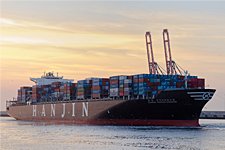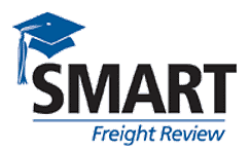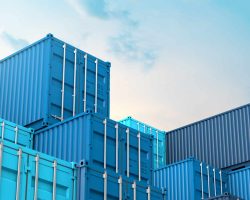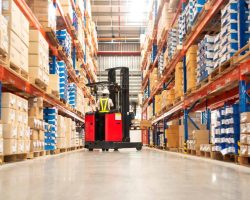 |
Shipping rates spiking by 40-50%. $14 billion USD worth of stranded cargo. 80 stranded container vesssels. That’s the troubling situation following the collapse of South Korea’s Hanjin Shipping Co., the world’s seventh largest container carrier.
Hanjin’s bankruptcy announcement came as a huge shock to importers and exporters worldwide, but in reality the writing has been on the wall for a long time. Very few, if any, container shipping lines are currently making money as evidenced by the recent 2nd quarter financial results of some of the world’s largest carriers. In the simplest of terms, it really boils down to – capacity exceeding demand.
The company, which has a fleet capacity of about 600,000 TEUs and accounts for about 3.2% of the global container market, has declared bankruptcy and is taking legal action to prevent the seizure of its vessels by creditors. Some Hanjin vessels are already under “arrest” after warrants were issued by Federal courts on behalf of creditors. Still others are unable to move because they are under a port embargo or have simply run out of fuel.
Four other major carriers, Shanghai-based Cosco Container Lines, Japan’s Kawasaki Kisen Kaisha (K-Line), Taiwan’s Yang Ming and Evergreen Line, are also being impacted because they often slot charter (book space) with Hanjin and, as such, have customer containers on stranded Hanjin vessels.
Affected shippers, including many Canadian importers, are scrambling to make other shipping arrangements at prices far above usual shipping rates.
Some containers are moving at Canadian ports, but only after shippers agree to pay port and rail charges they may have already paid to Hanjin. CN Rail as well as Prince Rupert (DP World) and Vancouver (GCT Terminal) ports have published tariffs outlining the rates, terms and conditions under which Hanjin containers will move.
The economic fallout of the Hanjin collapse will affect everyone who did business with Hanjin, including container lessors, ports, terminals and container yards, freight forwarders, truckers, rail operators, port agents, banks and bond holders. All face the prospect of not being paid or only receiving a portion of their fee. Worse still, many will be caught up in hundreds of costly insurance claims that could go on for years. For many businesses, it will be the “perfect storm” that is impossible to survive.
The ripple effect will be an upward trend in rates as ocean carriers turn their focus to increasing revenues versus gaining market share via a reduction in capacity through an increase in mergers and acquisitions in the ocean carrier industry.
If you have a shipment on a Hanjin vessel, please contact Debbie McGuire, Manager – Freight Solutions immediately to learn more about the status of the shipment and what, if anything, needs to be done to get it moving again.
















